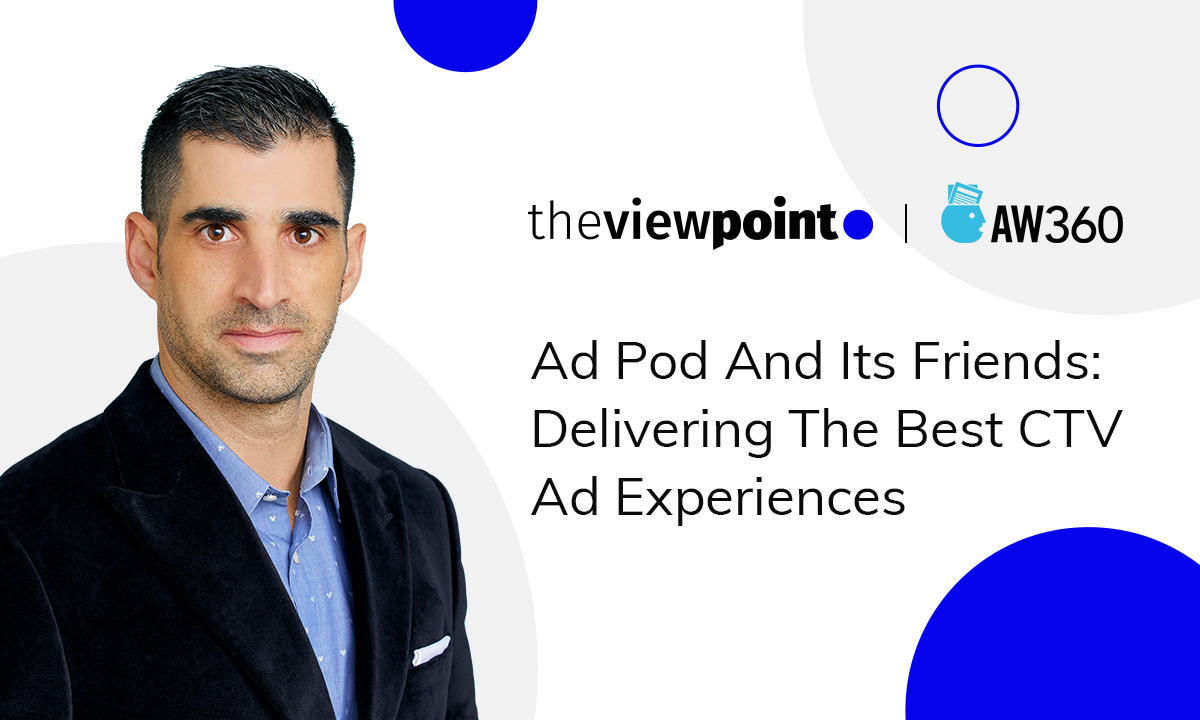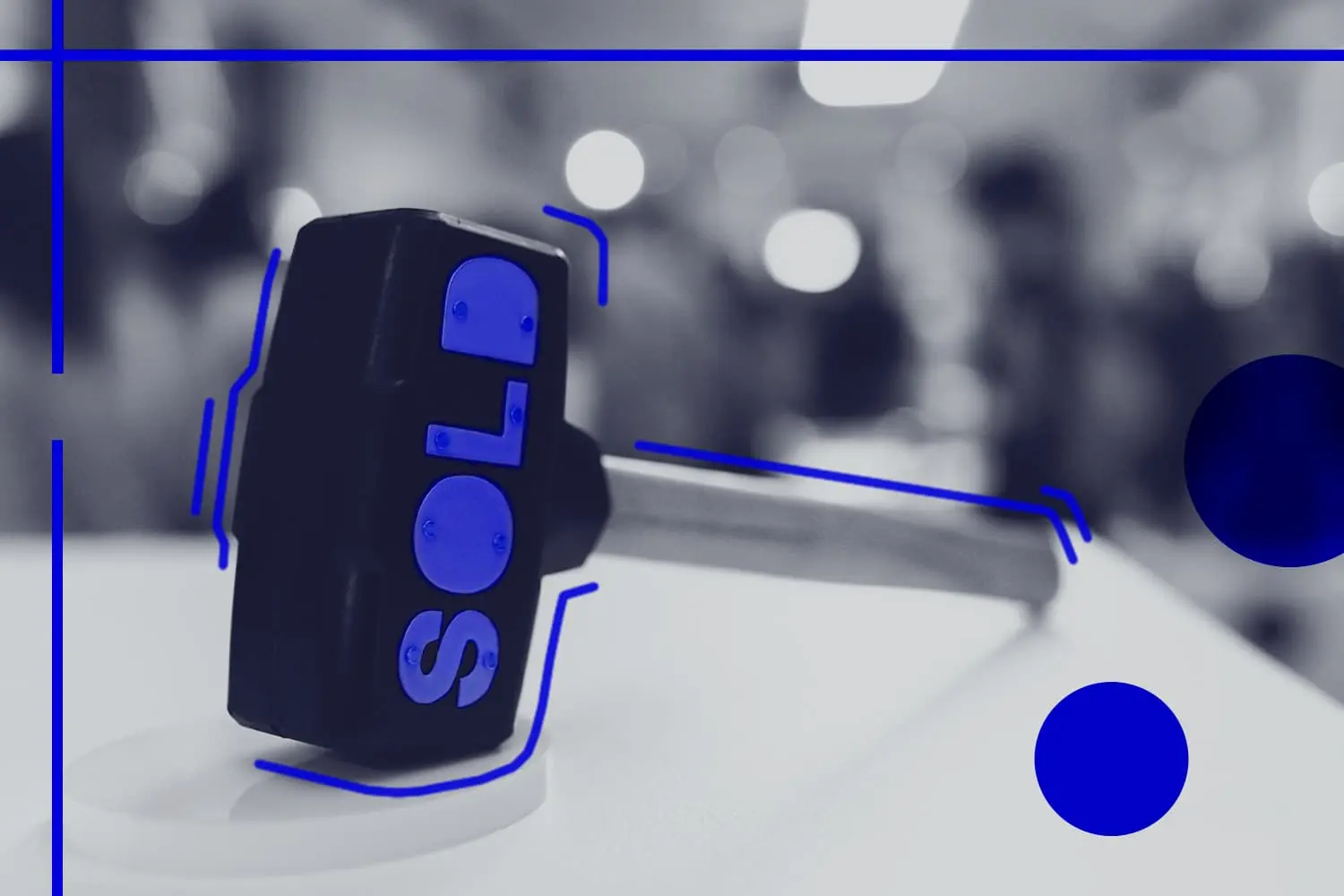
Geo-Fencing: The Door to Your Ad Campaign Success
Geo-Fencing: The Door to Your Ad Campaign Success
Marketing trends pop up with unfailing regularity, but not many of them stay afloat. Unlike one-day fads, geo-fencing is a technology that proves its relevance and efficiency in the long run.
Why is Addressable Geo-Fencing the Top Choice for Advertisers and How Is it Different from Geo-Targeting?
The more you know about your customers, their preferences, and current needs, the better your digital marketing strategy is. With this in mind, modern marketers invent new techniques to accomplish their goals and target the right audience in the right way. Addressable geofencing is one of the latest and most stunning methods to advertise to potential customers.
Geo-fencing should not be confused with geo-targeting, because these two technologies have many differences, similar to the confusion over martech vs adtech. Unlike geo-targeting, geo-fencing allows you to send personalized messages offering discounts and other benefits that give you an edge over your competitors. Targeting is based on behaviors, interests, and demographics, excluding the current location. It is excellent for analysis of large audiences since they are identified by specific preferences and keywords. On the contrary, geofencing allows you to create a so-called digital barrier around certain areas, especially useful for a video ad platform. Advertisements will be displayed on mobile devices within the desired space. The bottom line is this: fencing works with instant purchases while targeting works better for large audiences and extensive analysis.
Here is a great example from Starbucks:
This coffee shop uses geo-fencing to motivate customers to buy drinks at the moment they are near. The push notification is delivered to the user’s mobile phone. Special offers, discounts, and freebies offered in the message evoke an immediate desire to go through the door.
Starbucks “remembers” customers’ preferences and sends personalized offers as well. For instance, if you prefer cream latte, you will get a notification that your favorite drink is waiting for you inside and you are welcome to get it with 50% discount, for example. This is a great way to motivate your customers to benefit from your offers in real-time.
Addressable geofencing allows you to target your customers when they pass a specific area. Be it your or a competitor’s store, you can identify when they are near and send instant advertising messages right to their phones. The efficiency of this strategy is simple to explain – you target customers at the moment they are ready to buy. This factor increases sales significantly.
How Does Geo-Fencing Work?
This is how a geofencing technology works in practice:
Location-based targeting
Advertisers make a list of targeted addresses and reach customers that are tied to these areas. The message is spread around universities, business areas, shopping malls, cafeterias, etc.
Personalized messages
GPS, Bluetooth, and RFID notice when your potential customer passes the location. He/she receives a relevant message at the right time when he/she is ready to buy something.
Multiple devices
Marketers use geo-targeting and spread ads across all available devices: smartphones, laptops, and TV sets. This method can be used as a self-contained strategy or as a part of a campaign.
Five Core Benefits of Geo-Fencing
Now you know what geo-fencing is and how it works. Let’s discuss the ways it can improve your business strategies.
It is area-specific
Addressable geo-fencing places a digital barrier around an area, instead of targeting an IP address or device at this location. The benefit is obvious: when you have a group of people sharing the same space, be it an office or a house, they all have different IP addresses. With geo-fencing, you can reach them all with one strike.
It makes you visible
Another powerful side of this strategy is high scalability. Your list can include thousands of addresses where people circulate. Imagine your audience growing that large! What is more, your records can be adjusted to such details as age, preferences, gender, and more. When all of these opportunities are used smartly, you get a highly-personalized campaign and you will be guaranteed to reach people who are interested in your offers.
It fills other addressable advertising campaigns up
If you already use direct mailing, then you have a list of targeted customers. Add geofencing technology to your campaign and reinforce the messages you send, using all the benefits of area-tracking. You will learn the number of people who have been exposed to your messages and visited your physical store, which is much more than you would get from just emailing.
It helps you hold sway over your competitors
You can overtake a competitor’s place with the help of geo-fencing. When customers are near your competitor, you can send them a message or provide a coupon using the QR code! Show highly-targeted ads, considering customers’ current location! Offer something more than your competitors have and lure customers away. Without your ad, people may be visiting just a random shop because it is convenient. Offer discounts, gifts, and freebies, and they will be motivated enough to choose your shop instead of the closest one.
It allows discovering behavioral patterns
With the help of geo-fencing, you can discover, analyze, and predict customers’ behavior. You can target individuals that spend time at a certain place and then find out where they go afterward. Let’s say, people from a specific office visit a specific bar every Friday night. Bars and cafes can offer ads and promotions to invite these people to their spots.
Who Can Benefit from This Technology?
There are numerous ways to use geo-fencing, but there are two fundamental purposes it serves: analytical (customer behavior and location tracking) and communicational (alerts, messages, and ads you send to your buyers). This can apply to both ad exchange and ad network. Who can benefit from this strategy? Let’s see:
Digital advertisers
Of course, geo-advertising is the number one application of geofencing. Marketers can use it to send promotional materials to the customers automatically. Providing coupons, special offers, and promotions to people who walk near your or a competitor’s store, you trigger immediate actions and purchases. Also, marketers can learn how customers navigate their stores and how much time they spend choosing goods. And, as we have already said, this is a perfect tool for customer acquisition.
Event planners
When a potential attendee of your event, festival, or concert is within a geo-fenced area, you can instigate deeper engagement by providing coupons, prompts, and reminders. The messages can motivate users to download your application, share your event on social media, rate it, and finally – attend it. For example, when concert attendees enter the event area, you can send a notification offering them to install an application. Once they agree, you can send informational messages about the concert’s schedule, upcoming bands, drinks, and food available at the territory, etc. When the show is over, you can ask them to rate it and recommend it to their buddies.
Social network marketers
Geo-fencing gives insight into social media trending topics and events. Also, the technology allows you to target individuals who attend specific conferences, lectures, and concerts. Having this information, marketers can better measure ads, along with their clients’ preferences and offer various event-relevant features like filters or logos.
What Are the Possible Results of Geo-Fencing?
Geo-fencing brings advertising to a whole new level of relevancy. Marketers that apply this technology to their campaigns and have a chance to enjoy the following amazing results:
Increased foot traffic
By setting perimeters around brick and mortar locations, marketers can track the incoming and outcoming foot traffic to then easily send relevant offers to their customers.
Knock the buyers down
Offer something more than customers get from your competitors in real time. Target them right when they enter the competitor’s area and bombard them with exclusive offers they cannot deny.
Improve customer analysis
Learn customer behavior based on the geo-targeting and fencing. Know their preferred places and everyday routes to deliver the right marketing messaging at the best time.
Ensure detailed customer segmentation
Use all benefits of the information geo-fencing provides to group potential buyers into different segments. Make your messages even more personalized to increase the ad’s relevance and, therefore the conversion rates.
Add value to the sales process
Geo-fencing allows you to deliver contextual offers, promotions, discounts, and freebies when your potential buyers are nearby.
Takeaways
With fencing technology at hand, digital marketers get in-depth information about customers’ behavior, and there are no other ways to get these details. With its help, advertisers can track both online and physical customers’ behavior, which is a brand new way to analyze their decisions and preferences. Using the data on current customers’ locations, geofencing allows targeting clients with relevant and timely messages. These messages are delivered at the best time – when your potential buyer is ready to make a purchase. As a result, the number of immediate sales grows. So take the marketing lead in your niche and adopt this technology earlier than your competitors!
Related
Programmatic TV Tax Day is Not Just April 15. It's Every Day
This blog examines the significant "AdTech tax" in Connected TV advertising, advocating for Tatari's direct integration with publishers to bypass hidden fees, resulting in substantial cost savings and enhanced transparency.
Read more
Ad Pod And its Friends: Delivering the Best CTV Ad Experiences
Aiming to stand out from the crowd and surpass consumers’ expectations, CTV advertisers have to be allied with publishers and very savvy at applying innovative advertising techniques, like frequency capping, competitive ad separation, and deduplication. Though still raising a lot of eyebrows, these tools have already become the next big thing in the advertising world. So, before diving deep into the details of ad pod management, let’s take a sneak peek behind the scenes of modern CTV play.
Read more
Everything You Need to Know About Real-Time Bidding
As programmatic advertising is gaining momentum, RTB or real-time bidding comes in. In fact, most platforms in ad tech today are RTB enabled. But what does that actually mean? What is an RTB platform and why is it so important for digital marketers? Let’s get the answers to these questions and more.
Read more


